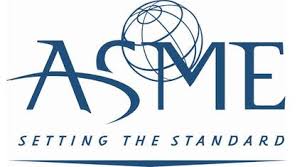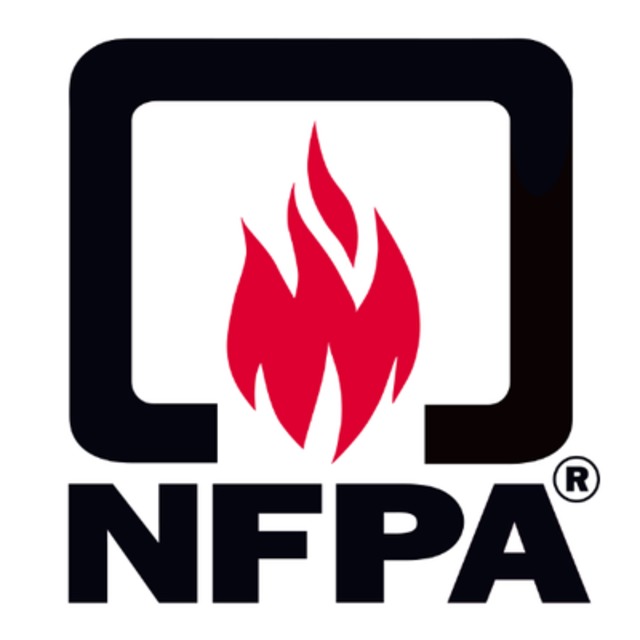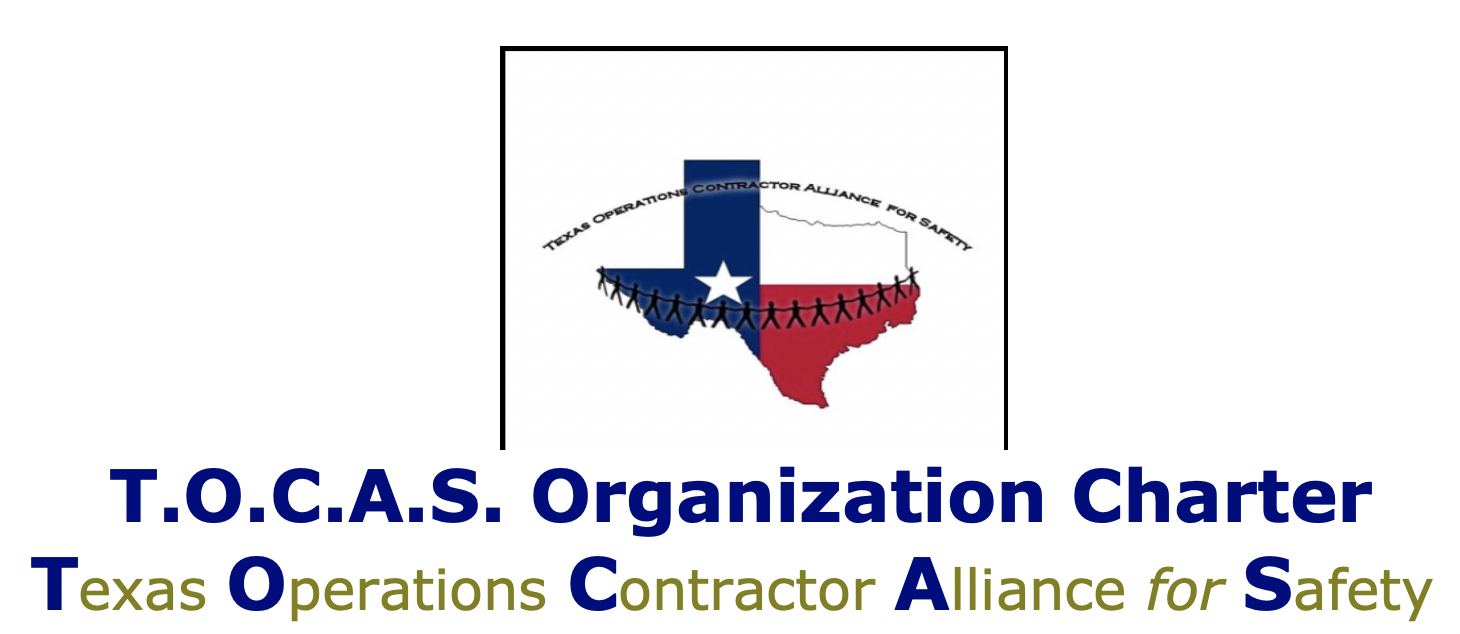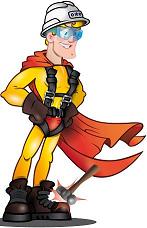I love the CSB's work, but this study could have been said in really simple terms... State Fire Code(s)! I have written dozens of articles explaining the specific requirements of the International Fire Code (IFC), from which most of the 50 states have adopted some "revised" version. Chapter 50 of the IFC (and those states that adopt it) has very specific requirements for REMOTELY ACTIVED EMERGENCY ISOLATION VALVES. Several of the PSM/RMP Recognized and Generally Accepted Good Engineering Practices (RAGAGEPs) also have requirements for these EMERGENCY ISOLATION VALVES; I often deal with CGA 2.1, 5.10.8.1. But my go-to code is IFC Chapter 50, which states:
(emphasis by me)
|
5003.2.2 Piping, tubing, valves, and fittings. Piping, tubing, valves, and fittings conveying hazardous materials shall be designed and installed in accordance with ASME B31.1 or other approved standards, and shall be in accordance with Sections 5003.2.2.1 and 5003.2.2.2. 5003.2.2.1 Design and construction. Piping, tubing, valves, fittings and related components used for hazardous materials shall be in accordance with the following: 1. Piping, tubing, valves, fittings and related components shall be designed and fabricated from materials that are compatible with the material to be contained and shall be of adequate strength and durability to withstand the pressure, structural and seismic stress and exposure to which they are subject. 2. Piping and tubing shall be identified in accordance with ASME A13.1 to indicate the material conveyed. 3. Manual valves or AUTOMATIC REMOTELY ACTIVATED FAIL-SAFE EMERGENCY SHUTOFF VALVES shall be installed on supply piping and tubing and provided with ready access at the following locations: 3.1. The point of use. 3.2. The tank, cylinder or bulk source. 4. Manual emergency shutoff valves and CONTROLS FOR REMOTELY ACTIVATED EMERGENCY SHUTOFF VALVES shall be clearly visible, provided with ready access and identified in an approved manner. 5. Backflow prevention or check valves shall be provided where the backflow of hazardous materials could create a hazardous condition or cause the unauthorized discharge of hazardous materials. Exceptions: 5003.2.2.2 Additional regulations for supply piping for health-hazard materials. Supply piping and tubing for gases and liquids having a health-hazard ranking of 3 or 4 in accordance with NFPA 704 shall be in accordance with ASME B31.3 and the following: 1. Piping and tubing utilized for the transmission of highly toxic, toxic or highly volatile corrosive liquids and gases shall have welded, threaded or flanged connections throughout except for connections located within a ventilated enclosure if the material is a gas, or an approved method of drainage or containment is provided for connections if the material is a liquid. 2. Piping and tubing shall not be located within corridors , within any portion of a means of egress required to be enclosed in fire-resistance-rated construction or in concealed spaces in areas not classified as Group H occupancies. Exception: Piping and tubing within the space defined by the walls of corridors and the floor or roof above or in concealed spaces above other occupancies where installed in accordance with Section 415.11.7.4 of the International Building Code for Group H-5 occupancies.
OH FIRE Code has the following: (f) Where gases or liquids having a hazard ranking of: Health Class 3 or 4 Flammability Class 4 Instability Class 3 or 4 in accordance with NFPA 704 as listed in rule 1301:7-7-80 of the Administrative Code are carried in pressurized piping above 15 pounds per square inch gauge (psig) (103 kPa), an
Where the piping originates from within a hazardous material storage room or area, the excess flow control shall be located within the storage room or area. Where the piping originates from a bulk source, the excess flow control shall be located as close to the |
Based on the agency's investigations of several catastrophic chemical incidents in recent years, the CSB's new safety study concludes that the chemical industry has not fully recognized that the effective remote isolation of process equipment is critical to quickly stopping releases of hazardous materials, which can help prevent fatalities and serious injuries to workers at chemical facilities, reduce damage to the facilities, and better protect communities and the environment.
Over the last several years, the CSB has reviewed and investigated numerous chemical incidents where the consequences escalated dramatically following a loss of containment due to the lack of effective remote isolation equipment. These incidents resulted in serious injuries, fatalities, environmental contamination, and severe damage to facilities and put surrounding communities at great risk. The CSB highlighted the many investigations in the safety study. CLICK HERE to see the study













